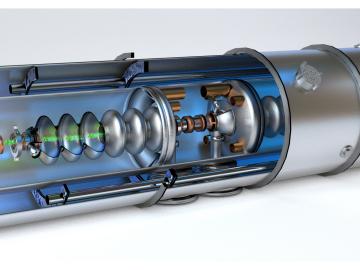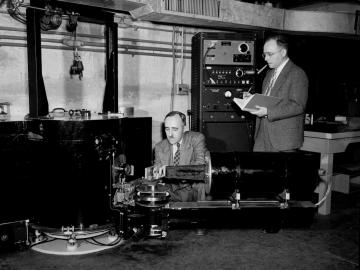Filter News
Area of Research
- (-) Neutron Science (38)
- Advanced Manufacturing (7)
- Biological Systems (2)
- Biology and Environment (4)
- Building Technologies (1)
- Clean Energy (109)
- Climate and Environmental Systems (4)
- Computational Engineering (1)
- Computer Science (8)
- Fossil Energy (1)
- Fusion Energy (6)
- Materials (97)
- National Security (5)
- Nuclear Science and Technology (18)
- Quantum information Science (3)
- Renewable Energy (2)
- Supercomputing (53)
- Transportation Systems (2)
News Type
Media Contacts

Researchers used neutron scattering at Oak Ridge National Laboratory’s Spallation Neutron Source to investigate the effectiveness of a novel crystallization method to capture carbon dioxide directly from the air.

A University of South Carolina research team is investigating the oxygen reduction performance of energy conversion materials called perovskites by using neutron diffraction at Oak Ridge National Laboratory’s Spallation Neutron Source.

Researchers used neutron scattering at Oak Ridge National Laboratory’s Spallation Neutron Source to investigate bizarre magnetic behavior, believed to be a possible quantum spin liquid rarely found in a three-dimensional material. QSLs are exotic states of matter where magnetism continues to fluctuate at low temperatures instead of “freezing” into aligned north and south poles as with traditional magnets.
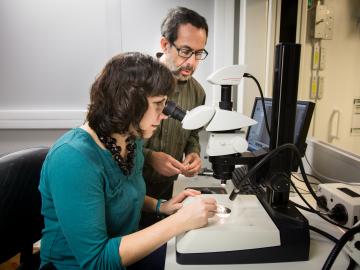

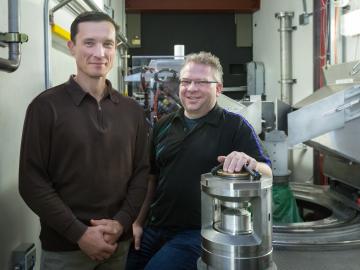
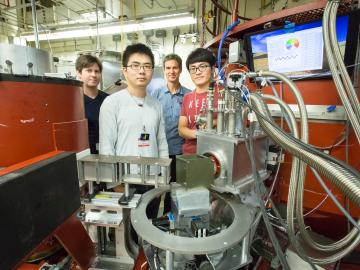
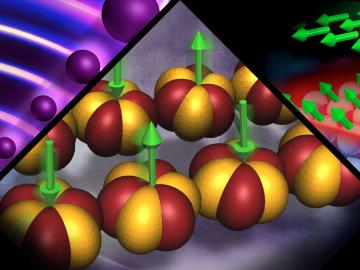
The theories recognized with this year’s Nobel Prize in Physics underpin research ongoing at the Department of Energy’s Oak Ridge National Laboratory, where scientists are using neutrons as a probe to seek new materials with extraordinary properties for applications such as next-generation electronics, superconductors, and quantum computing.
